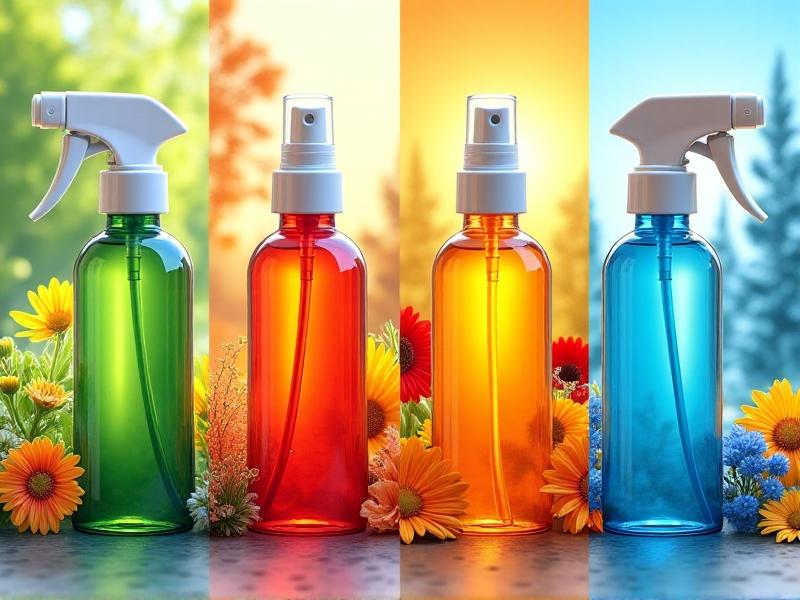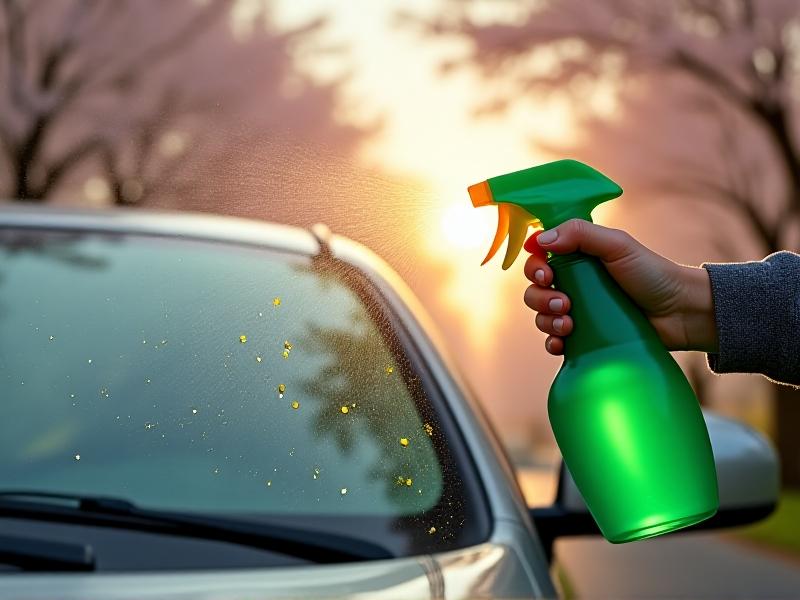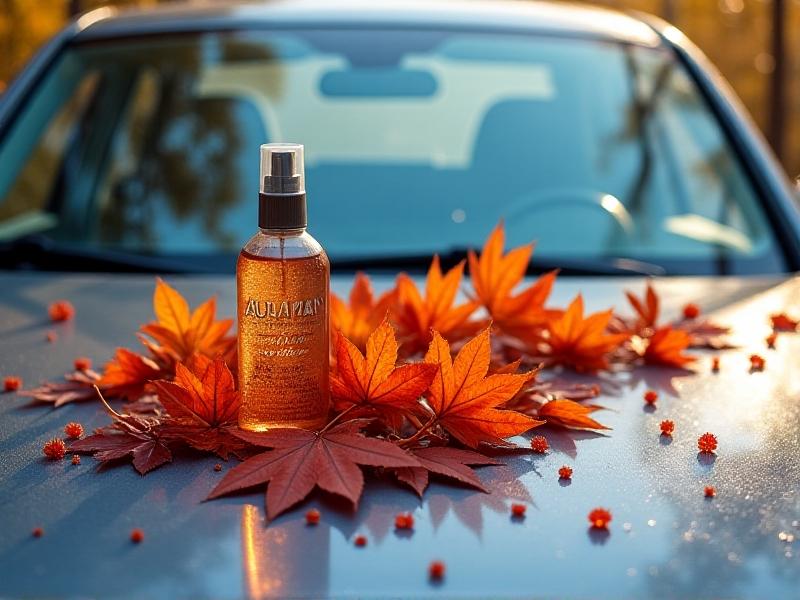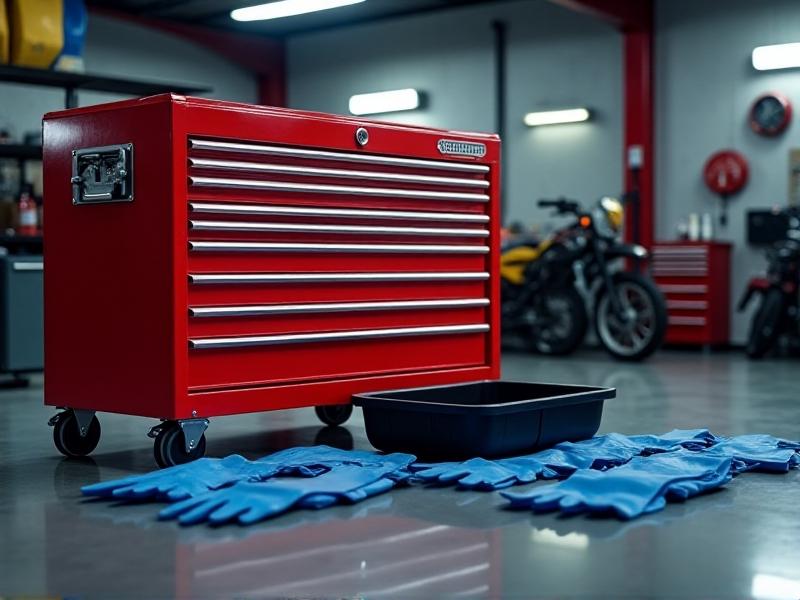```html
Introduction to Windshield Washer Mixology: Beyond the Bottled Blue
Windshield washer fluid is often an afterthought—until a grime-covered windshield leaves you squinting at the road. While store-bought solutions work in a pinch, custom blends tailored to seasonal challenges can elevate visibility, protect your vehicle, and even save money. This guide dives into the art of mixing your own washer fluids, balancing practicality with a dash of creativity. Whether it’s pollen in spring or ice in winter, the right formula ensures your view stays crystal clear.

Spring Blend: Cutting Through Pollen and Rain Residue
Spring brings blooming landscapes—and a yellow film of pollen on windshields. Combine 2 cups distilled water, 1 cup white vinegar (to dissolve organic debris), and ½ cup rubbing alcohol (for quick drying). Add a drop of citrus essential oil to neutralize vinegar’s scent. This mix tackles sticky tree sap and spring rain’s water spots. For heavy pollen areas, increase vinegar to 1.5 cups. Avoid oversaturating wiper blades to prevent smearing.

Summer Solution: Evaporating Bug Splatter and Heat Haze
Summer’s heat bakes bug guts into stubborn stains. Mix 1 cup distilled water, 1 cup rubbing alcohol, and 2 tablespoons dish soap (choose a non-foaming variant). The alcohol prevents hazing in high temperatures, while soap breaks down insect residue. Add ¼ cup cornstarch to create a light film that reduces glare during sunset drives. Apply at dawn or dusk to avoid rapid evaporation. For RVs or frequent road trippers, pre-treat windshields with this blend to ease cleanup.

Autumn Mix: Dissolving Leaf Film and Pre-Dawn Frost
Fallen leaves leave a waxy residue, while mornings bring thin frost layers. Create a blend with 1 cup distilled water, 1 cup hydrogen peroxide (to break down plant oils), and ½ cup isopropyl alcohol. Add 5 drops of glycerin to prevent fluid from freezing above 32°F. Test on a small windshield section first—hydrogen peroxide may lighten tinted glass. For areas with heavy leaf cover, wipe blades weekly to avoid spreading organic sludge.

Winter Formula: Melting Ice and Neutralizing Road Salt
Winter demands heavy-duty fluid. Combine 1 quart methyl alcohol (methanol), 1 quart water, and 1 tablespoon dish soap. Methanol’s low freezing point (-137°F) melts ice, while soap prevents salt streaks. Caution: methanol is toxic—wear gloves and avoid inhalation. For eco-conscious drivers, substitute 2 cups high-proof vodka (100-proof) and increase dish soap to 2 tablespoons. Store fluid in a garage to prevent separation in sub-zero temperatures.
Year-Round Washer Fluid Maintenance: Pro Tips
Regardless of season, use distilled water to prevent mineral deposits. Check reservoir monthly for mold or debris—clean with a vinegar rinse if needed. Adjust alcohol ratios based on local humidity; arid climates require less alcohol for streak-free drying. Label custom blends clearly and store away from children/pets. In freezing regions, drain summer fluid completely before switching to winter formulas to avoid line cracks.
DIY Additives: Boosting Cleaning Power Naturally
Enhance basic blends with household staples. Baking soda (1 teaspoon per gallon) neutralizes acidic contaminants like bird droppings. Lemon peels soaked in fluid overnight add a fresh scent without clogging jets. For water-repellency, add ½ cup rain-X solution—though avoid silicone-based additives if using rubber wipers. Tea tree oil (3 drops per gallon) acts as a natural antifungal. Always strain mixtures through cheesecloth to remove particulates.
Troubleshooting Streaks, Clogs, and Freezes
Streaks? Your blend may have too much soap or alcohol—dilute with distilled water. Clogged nozzles? Soak in hot vinegar and poke with a pin. Avoid using hot water to thaw frozen lines—it can crack reservoirs. Instead, park in sunlight or use a hairdryer on low heat. If fluid smells rancid, flush the system with a 50/50 vinegar-water mix. Persistent issues may signal a failing pump—listen for irregular spraying sounds during operation.



